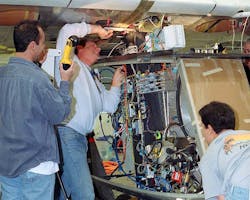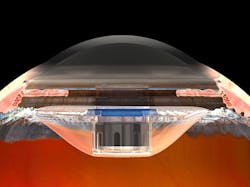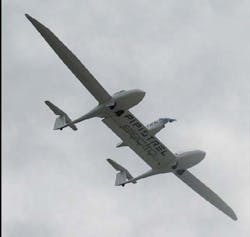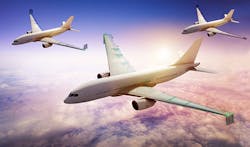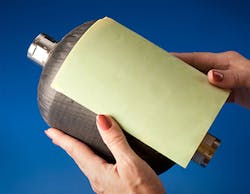NASA does a lot more than just explore space. It has also long been inventing new ways to make flying safer and more efficient. To add to its successes in aviation, NASA recently selected five areas of aerospace technology to explore over the next two years as part of its Convergent Aeronautics Solutions project (a less-than-inspiring name and acronym). While NASA doesn’t promise success, in real R&D, even failures teach something.
Here’s a look at the five topics being investigated:
Fuel Cells for Aviation
NASA has been using fuel cells successfully since Gemini space flights in the mid-1960s, and there have been aircraft that have tested them out as well. This program intends to see if a new type of fuel cell can power all-electric and hybrid aircraft. This fuel cell extracts hydrogen from standard aviation gas and oxygen from the air, then combines to generate electricity. Exhaust gases from the fuel cell would also be used to increase energy by pushing them through a turbine.
It’s estimated that the fuel cell would generate energy more efficiently than if the fuel went to a piston engine, thus saving fuel and reducing emissions. The technology can already be supported by airports as it wouldn’t require new facilities or equipment.
Printing Electric MotorsLithium-Ion Batteries for Aircraft
One potential hurdle engineers must get over before electric aircraft are viable is being able to store enough electricity for aircraft, even small planes, to make long flights. Traditional batteries are heavy, and weight is the bane of aerospace engineers. One possible solution is lithium-air (Li-Air) batteries, which have the highest theoretical energy storage capacity of any battery technology.
Li-Air batteries, or “breathing batteries,” pull oxygen in to react with lithium ions as it discharges. Then the battery expels oxygen as it’s charged. Unfortunately, standard electrolytes—the internal material that lets electrons move quickly—decompose in Li-Air batteries during operation. So after only a few charge/discharge cycles, the battery is useless.
NASA researchers will investigate the feasibility of designing novel, ultra-stable electrolytes that resistant decomposition and the batteries last longer, letting electric aircraft fly farther.
Folding Wings
Over the years, NASA and other aerospace engineers have discovered that an aircraft’s vertical stabilizer needs to be sized so that it can keep the plane centered on the runway in the event of engine failures during takeoff or landing. After the plane is cruising at altitude, the large tail just adds drag, which contributes to the plane’s weight and fuel consumption. It also creates more noise than a smaller tail would.
NASA will be experimenting with wings with a good-sized outer portion at the tips that can fold up or down as needed to act as a rudder at the beginning and ending of flights, thereby letting the main vertical tail be smaller. The challenge will be in efficiently and reliably moving the airfoils in a compact and lightweight design
Flexible Antennas
Drones flying in the National Airspace System are required to stay within the radio line of sight of its ground-based pilot operator. That is usually less than 100 miles. Relaying communications through satellites is one potential solution but it takes a large, heavy antenna to transmit and receive data through a satellite. Large, bulky antennas could protrude from the aerodynamic fuselage and add weight and drag, as well as consume more fuel.
NAS will work on developing a conformable antenna based made partly from thin, lightweight sheets of aerogel. One goal of the new antenna is that it be able to transmit signals in specific directions, assuring strong links with satellites while minimizing interference with the ground when the aircraft flies low.
I wish NASA well on these projects and hope the results can be commercialized throughout commercial and general aviation, as well as the defense department. Are there any aerospace projects you think NASA should be concentrating on? Unmanned airliners? A manned space station in permanent orbit? Or maybe just more legroom as standard fare in all seats on commercial flights?
About the Author
Stephen Mraz Blog
Senior Editor
Steve serves as Senior Editor of Machine Design. He has 23 years of service and has a B.S. Biomedical Engineering from CWRU. Steve was a E-2C Hawkeye Naval Flight Officer in the U.S. Navy. He is currently responsible for areas such as aerospace, defense, and medical.

